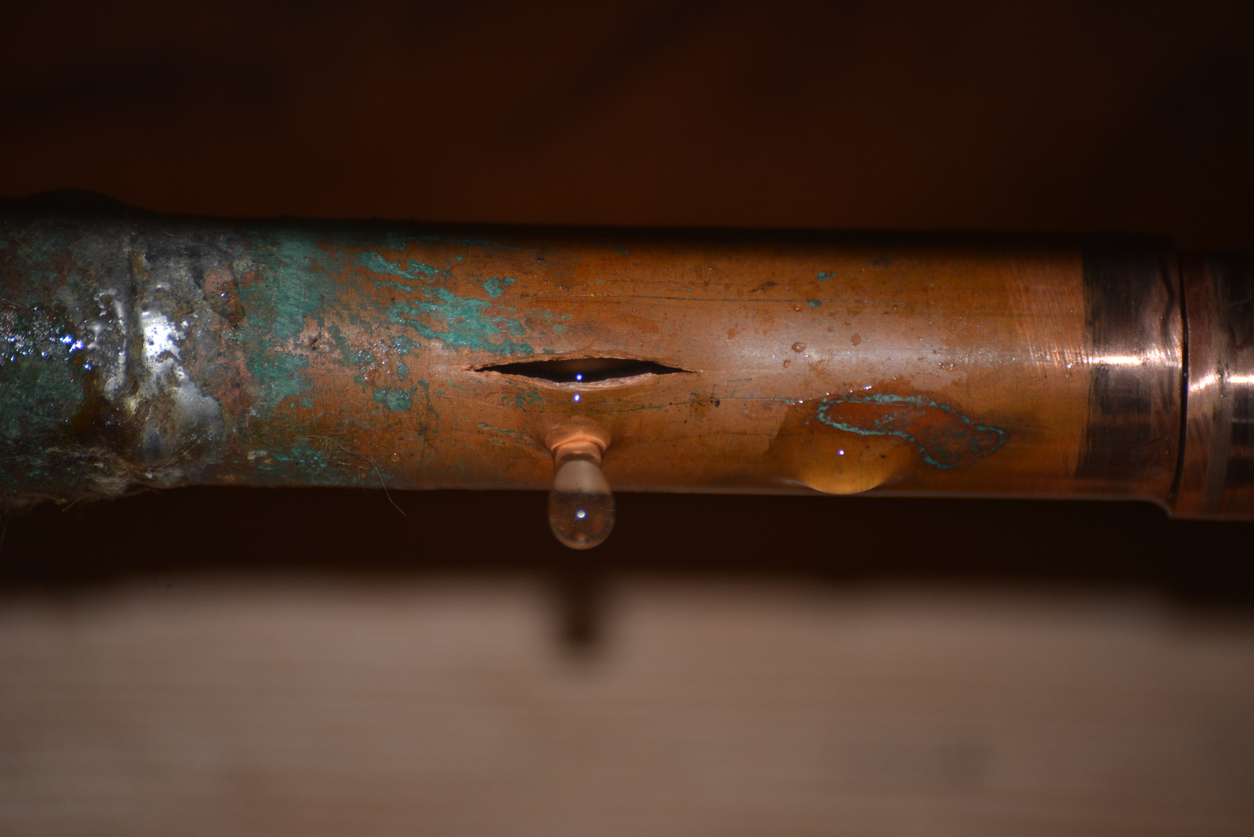Missouri insureds seeking insurance benefits on an actual cash value (ACV) basis are not getting a “fair” valuation for their loss. Missouri case law treats the ACV amount as the “fair market value,” which is defined as the price the property would bring if sold by a willing seller to a willing buyer under no compulsion.1 The courts further define “fair market value” as a diminution in the fair market value as a result of the loss.2
The “fair market value” amount is not so “fair” to insureds because this type of valuation of the loss is inconsistent with the product being sold by insurance companies to insureds. Insurance companies train their adjusters to treat ACV as the replacement cost less depreciation. This valuation is the product being sold throughout the country; however, Missouri case law ignores the general insurance industry practice and relies on the “fair market value.” This issue was recently addressed in Garvin v. Acuity, a federal case in the Western District of Missouri:
Garvin argues “actual cash value” has a contrary definition, as defined in Porter v. Shelter Mut. Ins. Co., 242 S.W.3d 385 (Mo. App. 2007). However, Porter does not apply because the Missouri Court of Appeals specifically noted ‘[i]t is unclear on the record before this court that Shelter’s characterization of repair costs minus depreciation, as ‘actual cash value,’ is accurate…However, because the question has not been briefed or argued, this opinion does not address whether the method employed to calculate actual cash value was appropriate.’ Porter, 242 S.W. 3d at 387 n.2.
Therefore, the valuation in the insurance policy should guide the appraisal as to whether Garvin sustained an actual cash value loss, i.e., a diminution in the fair market value of the buildings as a result of the wind damage.3
While some Missouri insurance companies, like Shelter Insurance Company in the Porter case, calculate ACV as replacement cost less depreciation, other insurance companies take advantage of the Missouri court’s acceptance of “fair market value” as the method for calculating ACV.
Valuing property at the “fair market value” rather than the replacement cost less depreciation can have a devastating impact on an insured’s claim. For one insured in southwest Missouri the market value of all property drastically declined following the catastrophic tornadoes in February 2012. This is often the case following a widespread natural disaster. This insured’s insurance company had demanded in the previous year that the policy limits be increased – increasing the policy premium – or the carrier would only write an ACV policy for the property. The insured complied and nearly doubled the insurance limits. Then a year later a tornado destroyed the property resulting in a total loss. The insurance company tendered the “fair market value” of the property – an amount well under half of the insured value of the property. This valuation method cheats the insured out of the insurance benefits contracted for.
Missouri law must catch up with the property insurance industry and change the ACV calculation from “fair market value” to replacement cost less depreciation to protect the state’s property owners.
1 Sharaga v. Auto Owners Mut. Ins. Co., 831 S.W.2d 248 (Mo. App. W.D. 1992).
2 Warren Davis Properties V, L.L.C. v. United Fire and Cas. Co., 4 S.W.3d 167 (Mo. App. S.D. 1999).
3 Garvin v. Acuity, No. 11-5105, 2012 WL 5197223 (W.D. Mo. Oct. 19, 2012).



